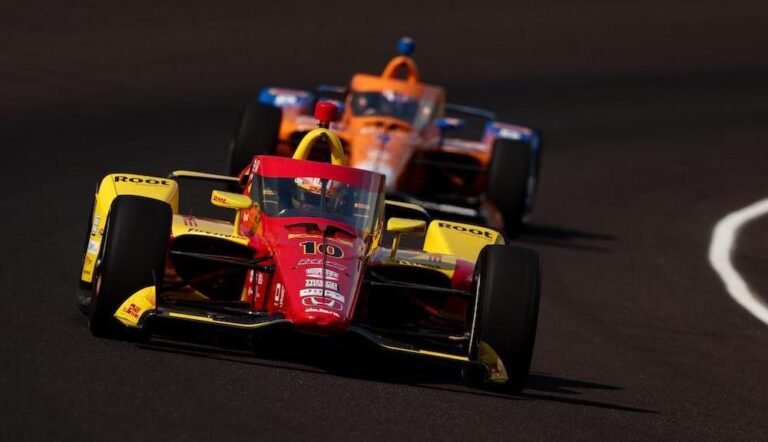Report on Indy Open Test: Key Insights and Implications for the Indianapolis 500
INDIANAPOLIS, IN (Date) – The Indy Open Test held last week saw 12 teams and 34 drivers capitalize on favorable weather conditions at the Indianapolis Motor Speedway. While the clear skies and mild temperatures offered an ideal setup, teams acknowledged the challenge of adapting their configurations for the naturally variable conditions expected during the Indianapolis 500 later this month.
Technical Trends
Significant performance indicators emerged during the test, particularly for Honda. Chip Ganassi Racing (CGR) showed promising speed levels, suggesting a competitive resurgence relative to last year’s outing, where Chevrolet dominated. In 2024, both CGR’s Alex Palou and Scott Dixon consistently posted fast times in draft simulations, indicating strong potential for the upcoming race.
The highlight of the session was the no-tow qualifying report, illustrating a balanced competitive landscape: six Hondas and four Chevys made up the top ten, with Takuma Sato of Rahal Letterman Lanigan Racing clocking a top lap speed of 232.565 mph. This performance alleviated concerns about the impact of the new hybrid engine package on qualifying speeds—despite an added 100-pound weight from energy recovery systems.
Key Performances
Rahal Letterman Lanigan Racing emerged as a standout during the test, with Sato leading, rookie Louis Foster placing fourth, Graham Rahal in tenth, and Devlin DeFrancesco twelfth on the no-tow list. This suggests that RLL may be in contention for a strong qualifying performance.
Scott McLaughlin of Team Penske rounded out the top three, reinforcing Chevrolet’s historical strength at the Indy circuit. Chevy teams should remain formidable, but the competitive resurgence from Honda indicates a more intense battle ahead.
Insights from Team Leadership
CGR’s Director of Performance, Chris Simmons, expressed cautious optimism regarding their progress, stating, “We’re a lot better place than we were at this time last year.” He highlighted the challenges of clean qualifying runs amid traffic, noting that minimal clean runs hindered a complete understanding of tire wear and performance metrics during simulations.
Drivers, including Kyle Kirkwood of Andretti, echoed a need for caution regarding hybrid-related tire degradation, suggesting that accurate assessments would only arise in May under more representative conditions.
Hybrid Power Strategy
New strategies for hybrid power deployment introduced by IndyCar have created a critical area of focus. Teams can choose between full-power deployment or a smaller sustained boost. Simmons noted, “Whatever that power level is, you can’t switch back to full power if you don’t like it,” indicating strategic complexity ahead for teams.
Conclusion
As teams prepare for the Indianapolis 500 on May 25, the early indications from the Indy Open Test are promising, particularly for Honda and its affiliates. With the landscape becoming increasingly competitive, fans and teams alike are set for an exhilarating showdown as the series progresses toward race day.



